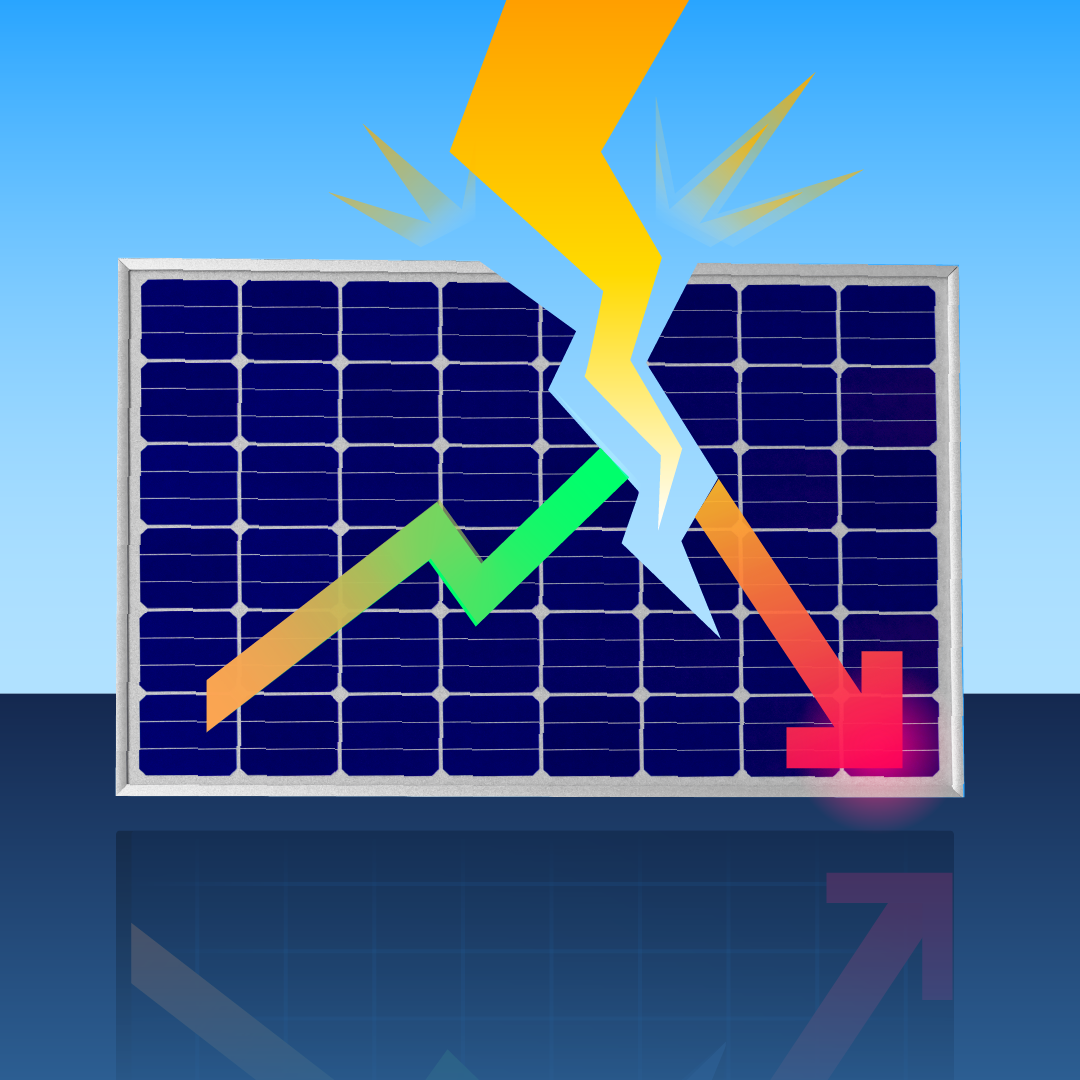Aftab Ahmed, a resident of the Manawan area of Lahore, installed a five kilowatt solar power system at his home two months ago after hearing about the reduced prices of solar panels.
Speaking to Lok Sujag, he says he had spent about Rs0.5m on the solar power system, while the company had quoted him the price of Rs0.7m earlier.
“It saved me Rs150,000 but the performance of the solar panels began to decline within two months,” complains Ahmed.
On his complaint, the company said, “We informed you that the Chinese panels had no guarantee. They may last for decades or be impaired in a few months.”
He says that now the company is asking for a huge amount to replace the panels.
Substandard solar panels
Like Aftab, many citizens are facing the issue of substandard solar panels after buying at a lower price. There are false claims that the solar power system market crashed. This is because of the decreased costs of solar panels worldwide.
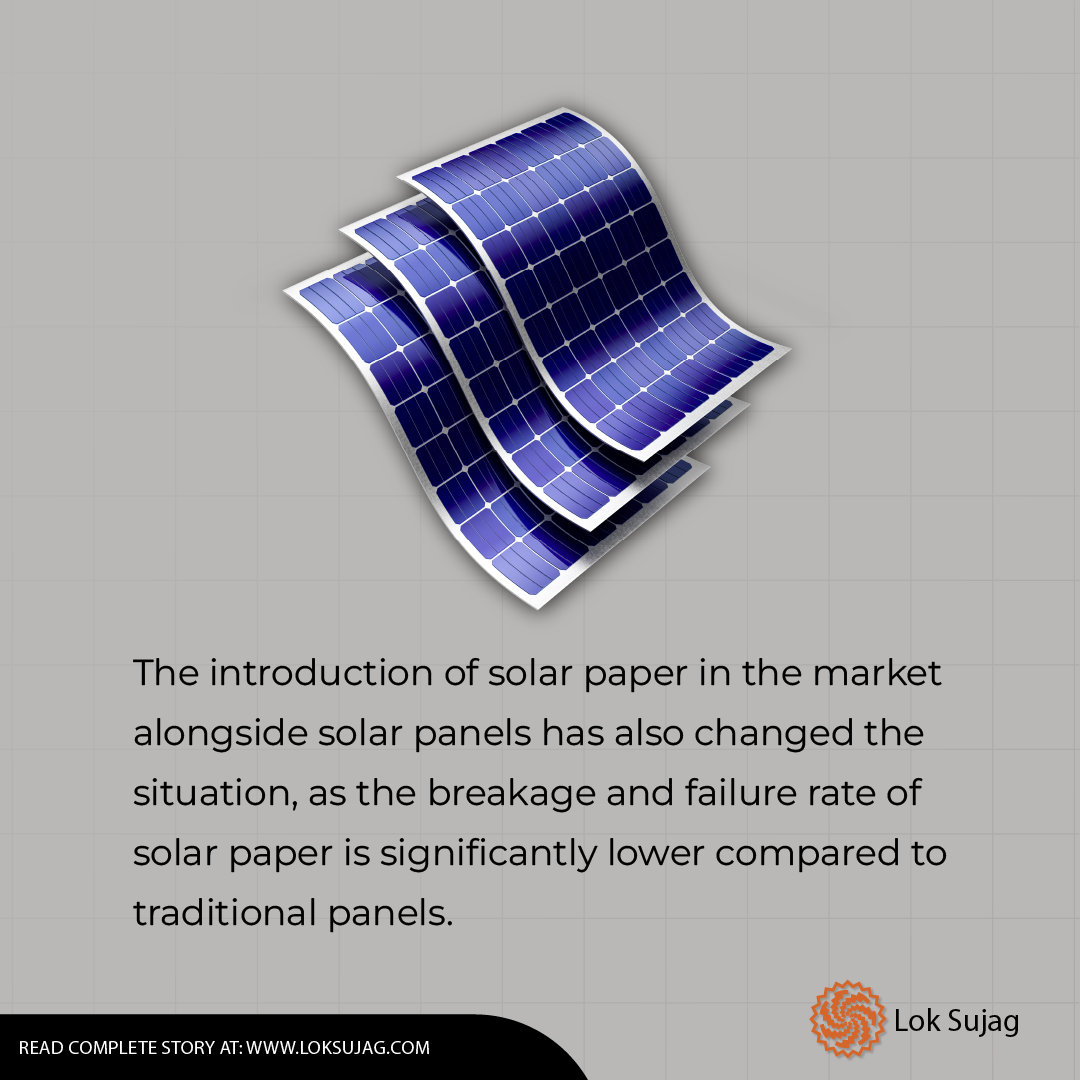
In the market, there is reduction of a Rs100,000 in the price of a seven-kilowatt solar power system which now costs Rs825,000. Similarly, 12 and 15kW systems have been reduced by Rs200,000 to Rs250,000, i.e. a 12kW system is available at Rs1.4m while a 15kW system is available at Rs1.6m.
People affiliated with the solar energy business say that the main reason for the fall in prices is the difference in supply and demand. They think that this decrease is temporary while other pieces of equipment related to solar energy systems like converters, batteries, cables etc. are becoming more expensive. Similarly, there is a shortage in the standard converter market.
Spike in demand and influx from China
Qamar Mehdi, the head of Resource Marketing Systems, explains that the demand for solar systems has increased significantly over the past few years due to the increase in electricity prices. This has led the solar panels prices to skyrocket.
“With their increasing demand in Pakistan, many traders imported a large number of solar panels from different countries, including China, and stored them. This situation not only advanced the supply but also made multiple types of panels available in the market.
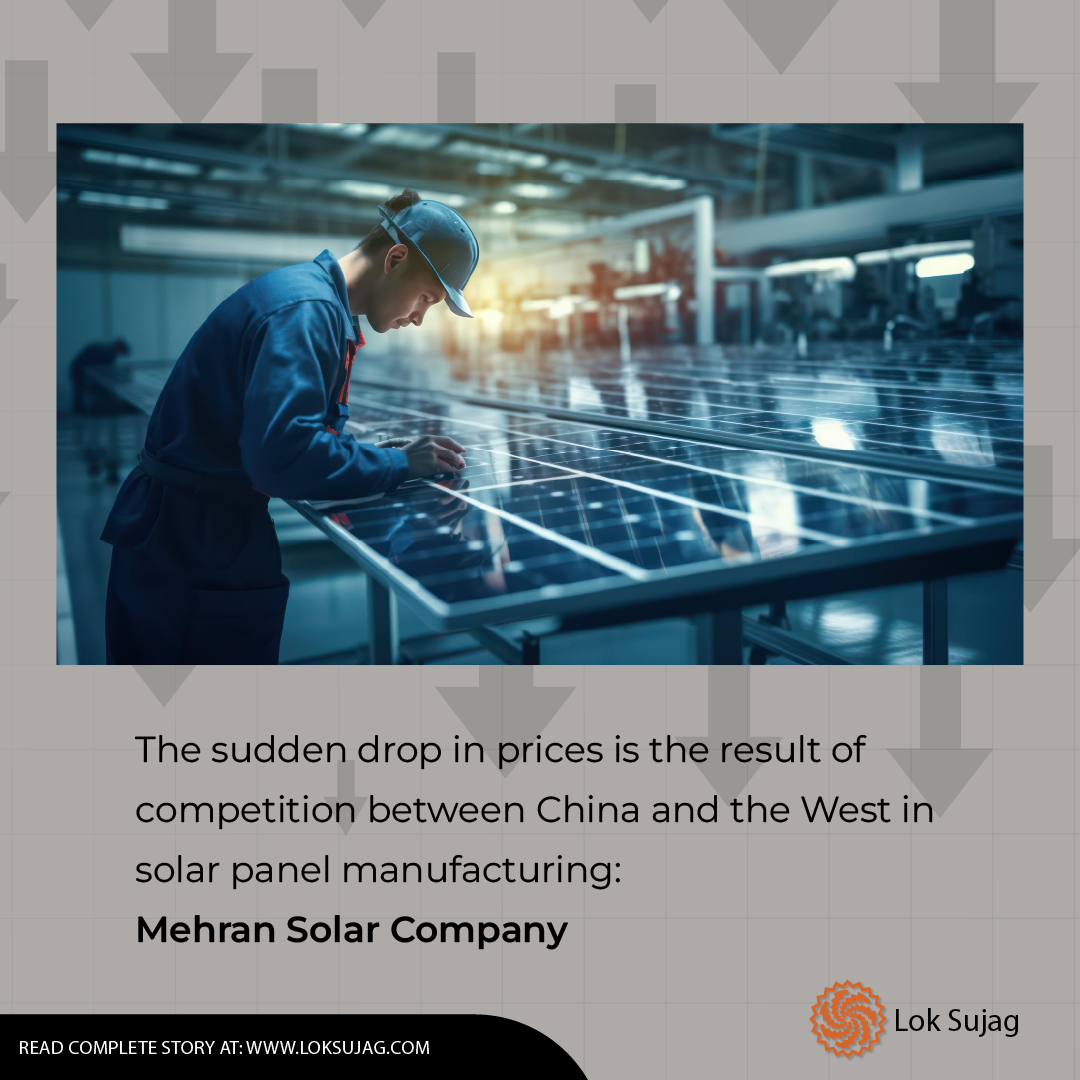
“Some importers imported so many panels that there is almost no room for their storage in cities like Lahore. Available spaces have high rents, due to which they have to go for rented warehouses on the Raiwind Road, Ferozepur Road and other suburban areas,” says Mehdi.
He mentions that the Chinese companies had produced a large batch of panels for the European market that was stuck there due to several restrictions. Those batches are now available in Pakistan for sale. Hence, this is another reason for decreased solar panels costs.
Mehdi says that currently the prices of panels ranging from 550 watts to 610 watts are lowered by 15pc. Therefore, the panels that were worth Rs1.5m are now available for Rs1.2m to Rs1.3m. However, these prices have started to rise again but are still lower than last year.
Market rumours behind low prices
According to the solar system vendors, social media rumours have created stress in the market, prompting major importers to sell more of their products at lower margins to clear their stocks. They want to save their original investment from sinking.
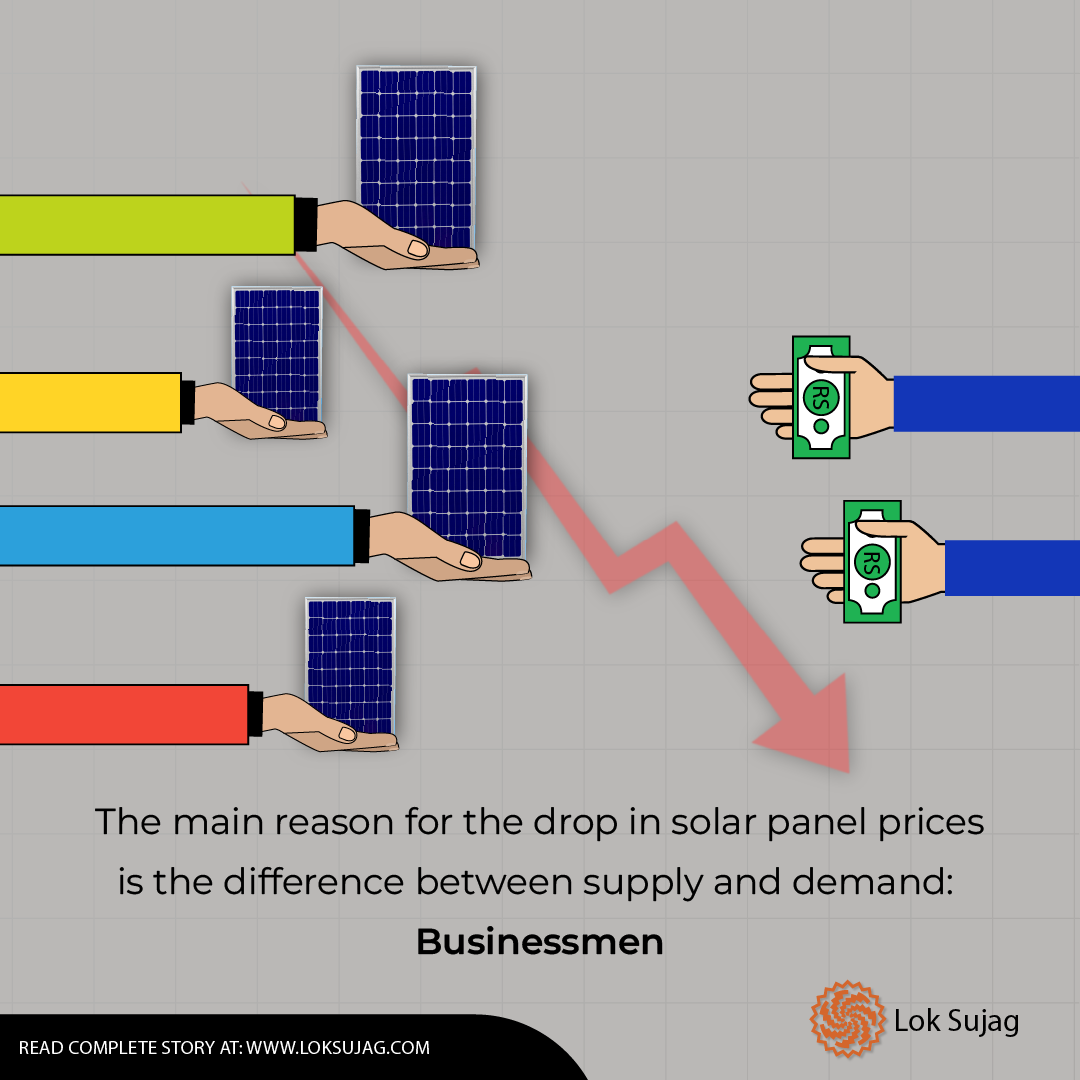
According to Solar Panel Price Pakistan.com, the solar panel cost was Rs85 per watt in September last year, which decreased by 20pc and came down to Rs52 to Rs68 in January 2024. Currently, it has further dropped to an average of Rs46 to Rs47 per watt. Hence, the prices of solar panels have fallen by 40pc from the beginning of this year till May.
Compromise on quality and solar paper
However, Mehdi points out that some companies and sales agents in Pakistan are giving substandard panels for installing cheap solar energy systems. The cable used in the system is of low quality because a good copper wire costs more. Some use China copper cable, which has a copper coating on aluminum wire and this substandard cable causes power loss.
According to solar technology expert Khizar Abbas, the situation has also changed with the arrival of solar paper in the market along with solar panels, which has a much lower rate of breakage and deterioration than conventional panels.
“Common solar panels cost extra money on stands that can break during windstorm and hailstorm as has been seen recently in various districts of Punjab. On the other hand, solar paper can be installed anywhere like on the walls, windows or roofs which will remain intact in extreme weather conditions and is capable of functioning even during night in moonlight,” says Abbas.
Also Read
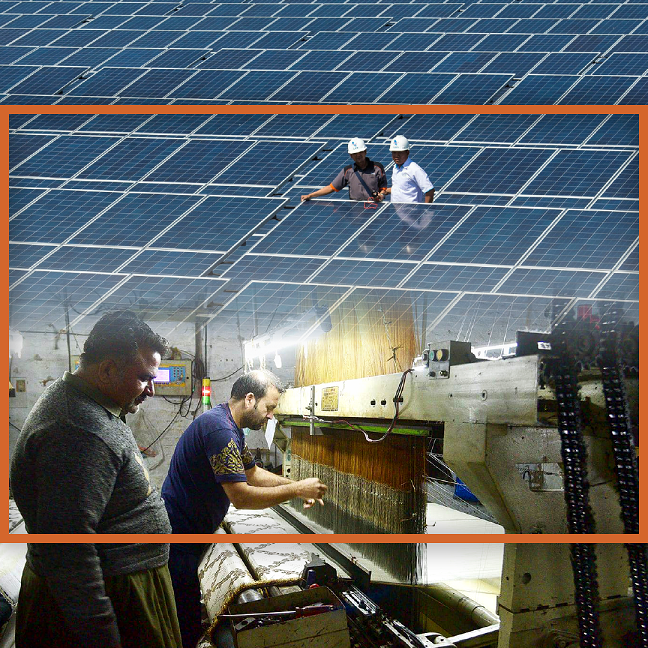
Solar energy shift: A brighter future for Pakistan textile industry
The International Energy Agency (IEA) says that their prices dropped by nearly 50pc by the end of 2023 as global panel manufacturing power tripled compared to 2021. This indicates that solar panel supply will reach 11,000 gigawatts by the end of 2024.
According to the global agency, solar panel production increased in recent years in India and America. However, China’s supply is likely to stay until 2028, which accounts for 80 to 95pc of the global supply of solar panels.
European entry and predicted prices
Khizar Abbas, who is also the chief executive of solar installation company 'Solar Mate,' confirms that the price of five kilowatt solar panels has decreased by Rs150,000 to Rs200,000 in a few months. However, now it is rising again.
“European panels are relatively more expensive than those of China while the Chinese panels have different categories with warranties ranging from six months to lifetime,” he informs.
A spokesman for the Mehran Solar Company believes that the sudden price drop is a result of competition between China and the West in solar panel production. This is because Europe has started making its panels for the local market, which was once dominated by the Chinese enterprises.
Besides local expert’s views, Malaysia Photovoltaic (Solar) Industry Association President Davis Chong declared during an interview that the falling prices of solar panels will remain at the current level for the next two years. That’s why he (Malaysian industry) is slowing down extension projects (solar panel manufacturing).
Published on 7 May 2024
